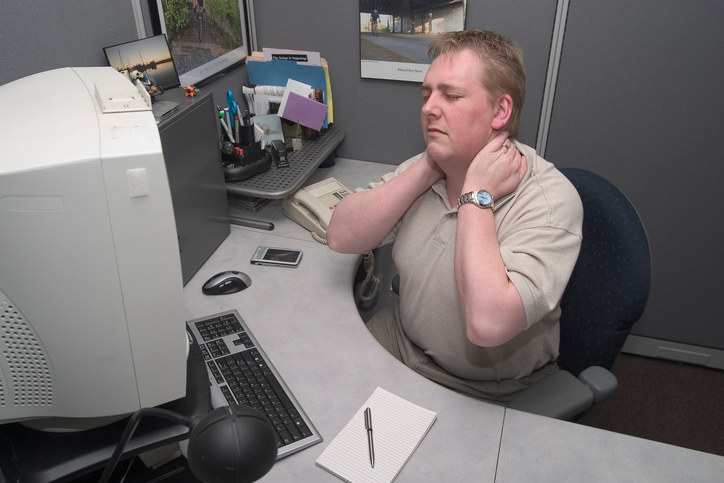We don’t hear the word ‘ergonomics’ bandied around the office as often as we once did. It was the latest OH&S phrase in offices around Australia more than a decade ago. While the term may not be as popular as it once was, the importance of correct ergonomics at work and home has not decreased in any way. In fact, the number of injuries and their cost continue to rise.

What is Ergonomics?
Ergonomics is learning about people’s abilities and limitations and improving interactions with products, systems and environments. By failing to identify risks, individual's safety and well-being are compromised by increased injury risk.
Ergonomics helps create safe, productive workplaces by considering individual’s body size, strength and skills when designed their workspace and tasks.
Impact on the Economy
In November 2015 Safework Australia reported the estimated cost of work-related injuries and illnesses for workers, employers and the economy was $61.8 billion for the year 2012-13. This figure represents 4.1% of Australia’s Gross Domestic Product (GDP). The increase in cost is alarming with the 2000-2001 year estimate set at $34.3 billion. The size of the workforce during that time only grew from 9.09 million workers to 11.48 million.
With an ageing population, this trend is unlikely to turn around, but with a consistent effort by employers, workers and the community the rate of increase can be halted.
Assessments Uncover Hidden Risks
The ideal ergonomic assessment involves a thorough analysis of an individual’s person-environment fit. At PeopleSense we go beyond a simple assessment of a workstation by looking at other factors including:
- work tasks
- cognitive demands
- work pace and practices
- aids and appliances
- vehicles, machinery and equipment used.
Assessing the full role rather than just the workstation ensures unsafe work practices can be eliminated and modifications can be made to furniture and equipment. A thorough assessment will also make recommendations for any new aids, furniture, tools and equipment that will improve the risk of injury and productivity.
Without proper training, many workers aren’t aware that their actions are putting them at increased risk of injury. It’s important that training considers all aspects of an employee’s life. It’s not just the time spent at work that impacts on their risk. Doing similar tasks and actions in the home or for recreation may put them at increased risk. Holistic training ensures all aspects of a person’s life are considered and training provided that will meet individual attendees' requirements. A training session that gives employees even just one piece of advice that they implement daily can have a life-long impact.
Impact of Devices & Changing Technology
Technology is double-edged sword when it comes to ergonomics. It can be used as an aid to prevent injuries but the introduction of some technology brings with it ergonomic problems.
Our understanding of injury prevention continues to improve and with it comes new aids. In recent years programs have been developed that effectively lock workers out of their computers at regular intervals so they are forced to stand up and take a break away from the screen. When it’s difficult to remember to take regular breaks through the work day, a forced interruption may be the best solution.
The stand-up desk has also grown in popularity in offices as sitting for long periods has become known as ‘the new smoking’. The height of the desk is designed to be moved so its user can choose between a standing or sitting position and vary the height at which they work to prevent some injuries.
If you have one or more staff members who could benefit from an ergonomic risk assessment and evaluation, contact one of the experts at PeopleSense by Altius on 1300 307 912 or (08) 9388 9000, or contact us online.